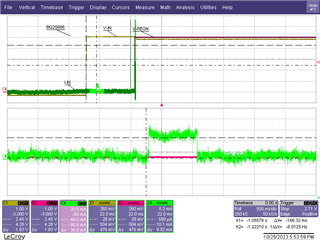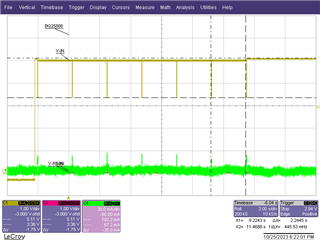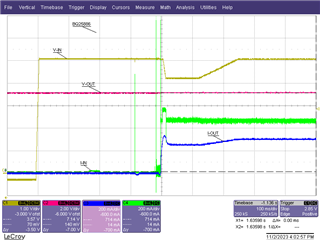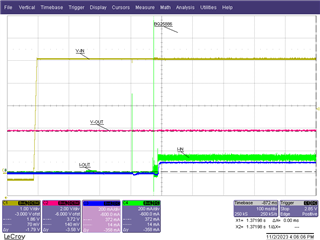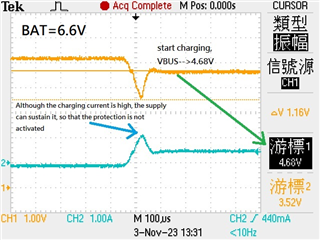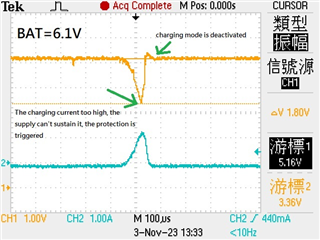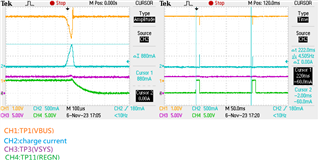Hello Sir:
We are using BQ25886 and test poor source qualification.
But when battery voltage is under 3.8V and input source is 5V/0.5A.
The input voltage will drop and under to 3.8V, and input current sink around 700~800mA.
When this moment BQ25886 cannot enter charging stage and STAT pin is blinking.
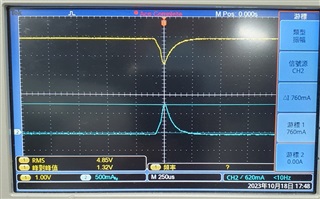
When battery voltage is over 3.8V, that input voltage and current waveform will become below figure.
When this moment BQ25886 enter charging stage normally.
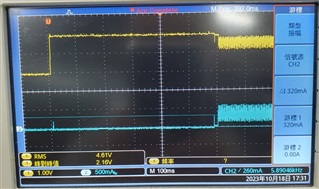
Our schematic shows below, in this testing VSYS has no load.
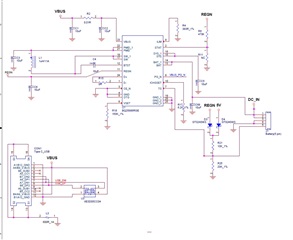
Please let us know why the sink current is over 30mA (Ipoorsrc typ is 30mA in datasheet)?
How to improve the poor source qualification pass rated?
Looking forward your feedback.
Thanks a lot.


